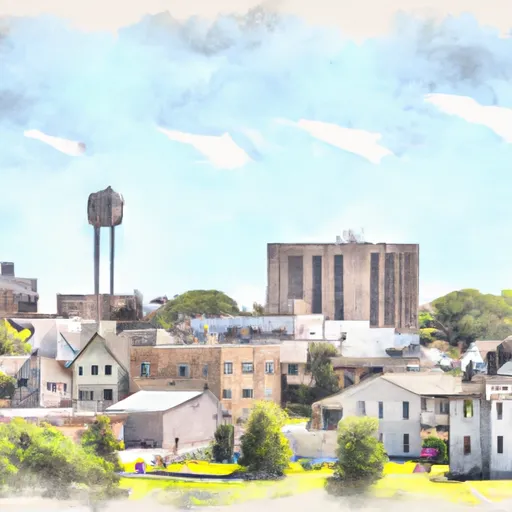°F
°F
mph
Windspeed
%
Humidity











Grafton, Iowa is a small town located in Worth County. The climate in Grafton is considered to be humid continental, with hot summers and cold winters. The town is located near several water resources, including the Winnebago River and nearby lakes. These bodies of water contain a variety of hydrology constituents, including nitrogen, phosphorus, and sediment. Outdoor recreation opportunities in Grafton include fishing, kayaking, and hiking along the nearby trails. The town is also home to several parks, including the Grafton City Park and the Winnebago River Wildlife Management Area, which offer opportunities for picnicking and wildlife viewing.
Weather Forecast
Grafton receives approximately 875mm of rain per year, with humidity levels near 81% and air temperatures averaging around 8°C. Grafton has a plant hardyness factor of 5, meaning plants and agriculture in this region thrive during a short period during spring and early summer. Most plants will die off during the colder winter months.
Regional Streamflow Levels
45
Cubic Feet Per Second
100
Cubic Feet Per Second
111
Cubic Feet Per Second
63
Cubic Feet Per Second
Nearby Camping
| Camping Area | Reservations | Toilets | Showers |
|---|---|---|---|
| Ivans - Red Rock Lake | |||
| Pershing State Park | |||
| Unionville City RV Park | |||
| Herring Memorial Park - Brunswick | |||
| Elk Rock State Park | |||
| Howell Station - Red Rock Lake |



